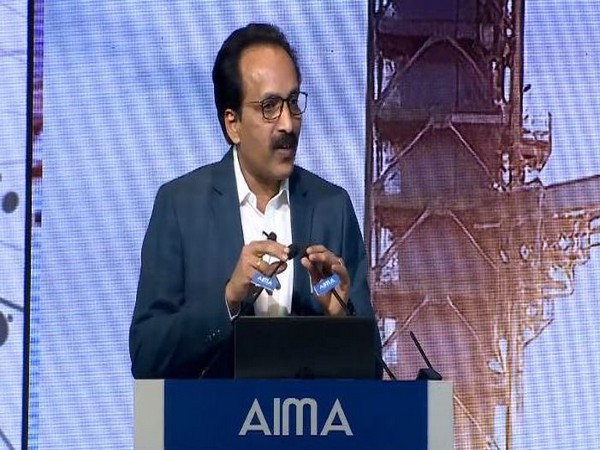Successfully Surpassing Lunar Mission Objectives, ISRO’s Remarkable Feat Sets New Standards in Space Exploration
Bengaluru, NFAPost: The Indian Space Research Organisation (ISRO) has brought back the Propulsion Module (PM) of the Chandrayaan-3 spacecraft to Earth’s orbit after surpassing its lunar mission objectives. This remarkable feat showcases India’s prowess not only in launching objects to the Moon but also in executing precise manoeuvres to retrieve them.
ISRO’s announcement highlights the unexpected success of the PM’s lunar operations, demonstrating the agency’s capability to restart engines on the Moon and operate equipment beyond initial expectations. This follows the lunar hop by the Vikram lander, further showcasing ISRO’s versatility in lunar exploration.
The Chandrayaan-3, launched on July 14, 2023, aimed to achieve a soft landing near the lunar south polar region, deploying the Vikram lander and Pragyaan rover. The Vikram lander made history with a successful touchdown on the Moon on August 23, deploying the rover for a comprehensive survey of the uncharted lunar south pole.
ISRO reveals that the scientific instruments onboard the lander and rover operated continuously for one lunar day, meeting the mission’s defined objectives. With the lunar mission triumphantly concluded, the focus shifted to the PM’s secondary objectives.
The PM’s primary role was to transport the Lander module from the Geostationary Transfer Orbit (GTO) to the final lunar polar circular orbit and subsequently separate from the Lander. Unexpectedly, the precise orbit injection and optimal burn manoeuvres resulted in an excess of over 100 kg of fuel in the PM after a month of lunar orbit operations.
In a strategic decision, ISRO chose to utilize this surplus fuel to gather additional information for future lunar missions and demonstrate mission operation strategies for a sample return mission. To achieve this, the PM was re-orbited to a suitable Earth orbit, considering collision avoidance and safety parameters.
The return manoeuvres, executed with precision, involved raising the apolune altitude and revising the orbit trajectory to target an Earth orbit of 1.8 lakh x 3.8 lakh km. The trans-earth injection (TEI) manoeuvre was successfully conducted on October 13, 2023, initiating the PM’s journey back to Earth.
Currently orbiting Earth, the PM has already completed four moon fly-bys, crossing its first perigee on November 22nd. ISRO emphasizes that the orbit trajectory poses no threats to operational Earth-orbiting satellites, ensuring responsible space practices.
The SHAPE payload, an Earth observation instrument onboard the PM, continues to be operational, showcasing ISRO’s commitment to extracting valuable data even in unexpected scenarios. This groundbreaking achievement not only advances ISRO’s capabilities in lunar exploration but also establishes crucial methodologies for future space missions, setting new benchmarks in the global space exploration arena.





